The nightmare named Nizami
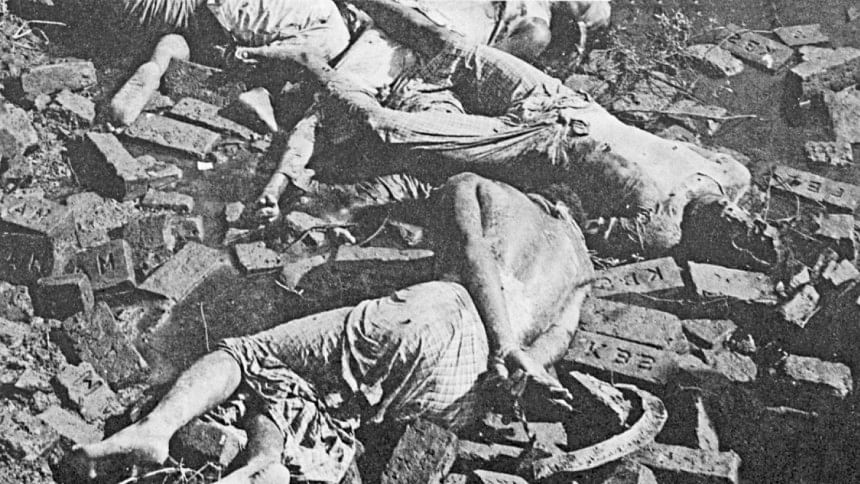
On a summer morning of 1971, he invited the villagers of Bausgari in Santhia upazila of Pabna for a meeting.
From the meeting, held at Bausgari Ruposhi Primary School around midmorning on May 10, he announced that Pakistan army would arrive to secure "peace" in the area.
But four days later, people would find that the man, Motiur Rahman Nizami, was lying. The Pakistani force did arrive at the dawn on May 14 but not as peacekeepers.
The troops along with their local collaborators surrounded three villages of Santhia upazila -- Bausgari, Ruposhi and Demra -- and picked up around 450 civilians.
The villagers were taken beside a large ditch and shot dead.
The nightmare was not over yet. The occupation forces and their collaborators raped about 30-40 women of the three neighbouring villages, forcing many to flee.
Nizami, president of Jamaat's the then student wing Islami Chhatra Sangha and ex-officio chief of notorious killing squad Al-Badr, was behind the pre-planned massacre.
But why Nizami and his men targeted the villages of the very upazila where his own village, Monmothpur, was located?
The reason is quite clear. The three villages were Hindu-dominated and the villagers used to sheltered freedom fighters, according to Abdur Razzak Khan, investigation officer of Nizami's case.
Ainul Haque, a teacher at Bausgari Ruposhi Primary School in 1971, said the headmaster of the school on May 10 told him that Nizami and his men had come to form "Peace Committee".
"The headmaster introduced Nizami to me. I recognised another person, Dalal Asad, among them," he said in his testimony before International Crimes Tribunal-1.
Talking to this newspaper, investigator Razzak said Nizami's assurance that Pakistani soldiers were arriving for securing peace was nothing but a trick to stop villagers from leaving.
Razzak had investigated cases against Jamaat leaders Abdul Quader Mollah, Muhammed Kamaruzzaman and Ali Ahsan Mohammad Mojaheed. The trio were already executed for crimes committed against humanity during the Liberation War, 1971.
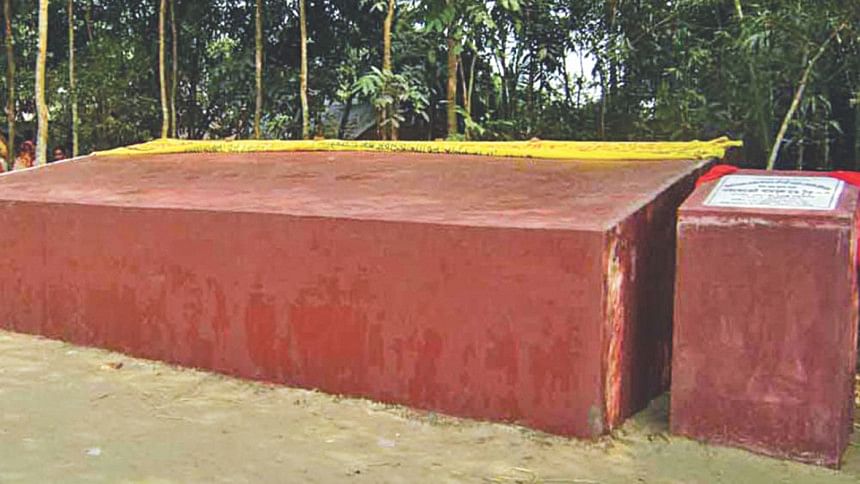
In his testimony, Jamal Uddin, a freedom fighter from Santhia upazila, said, "In the morning of May 14 [1971], the Pakistani army and local Razakar and Al-Badr men raided Rupshi, Demra, Bausgari villages under the leadership of Nizami and shot 450 people dead."
They torched and torched 200-300 houses, mainly of the Hindus, and raped women, he added.
Johurul Haque, a freedom fighter of Bausgari village, also described the day of the massacre.
On May 14, 1971, he had woken up by the sound of gunshots at dawn. "I came out from my house. Hiding in a bush, I saw Nizami, Asad, Quader and Sattar along with the Pakistani army and collaborators advancing to the village, shooting indiscriminately," he said.
"The Pakistani army, instructed by Nizami, indiscriminately fired at a crowd and killed them," Johurul told the court.
About the atrocities, the tribunal in its October 2014 verdict said it was a "conspiracy" hatched by Nizami to commit atrocities in those villages. "The accused [Nizami] had direct complicity …"
Apart from the three villages, Dhulauri was another target of Nizami and his men.
The Supreme Court yesterday upheld the death penalty to Nizami for killing civilians of the four villages and masterminding intellectual murders.
Nizami would be the second man after his party colleague, Ali Ahsan Mohammad Mojaheed, who succeeded him as the Al-Badr chief in the latter part of the war, to walk gallows unless he is spared death following an SC review or granted presidential clemency.
DHULAURI MASSACRE
Around 3:30am on November 27, Nizami, his men and members of Pakistani military forces raided the house of village doctor Abdul Awal and other adjacent houses in the village on the pretext of finding out freedom fighters.
Around 6:30am, the high-command of Al-Badr along with his men and members of Pakistani military got hold of many men, women and children.
The villagers were brought to Dhulauri School field and shot indiscriminately. Some 30 unarmed persons lost their lives.
As the Pakistan military left, Nizami and his accomplices caught 22 other people who survived gunshots of the army. These villagers were taken to the bank of river Ichhamati and bayoneted to death.
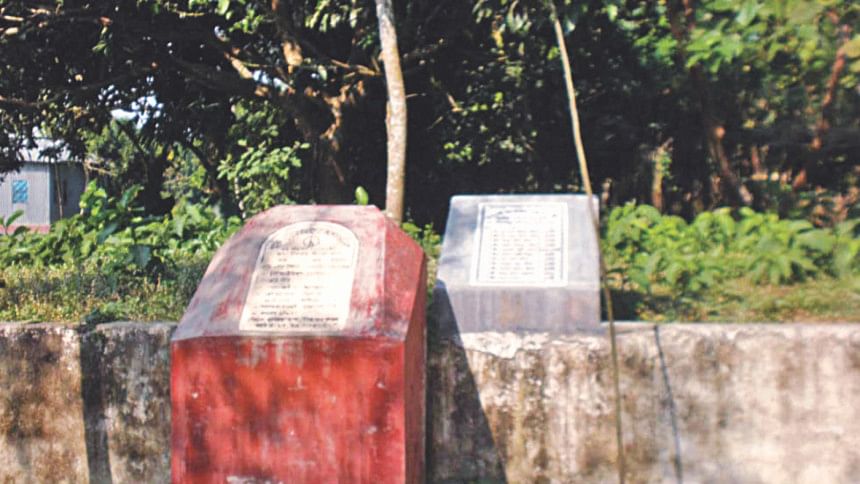
Shahjahan Ali, a prosecution witness from the village, testified how local Razakars (collaborators) attempted to kill him by slitting his throat in presence of Motiur Rahman Nizami.
"Eight freedom fighters were caught. I was beaten brutally. As per Motiur Rahman Nizami's instruction, Sattar Razakar took four of us on the bank of the river," said Shahjahan.
"Nizami was present there. They cut my throat with a knife," the witness said, adding that he could not remember anything else.
About the Dhulauri massacre, the tribunal said, "... the accused, prior to committing the offence, had a common plan and purpose to apprehend valiant and brave guerrilla fighters to vanish them for ever so that they could not liberate the country."
Expressing satisfaction, Abdul Awal's son Liakot Ali said, "As the members of a martyred family, I'm happy with the verdict on Nizami, who was the mastermind of the massacres including the one in my Dhulauri village."

 For all latest news, follow The Daily Star's Google News channel.
For all latest news, follow The Daily Star's Google News channel. 

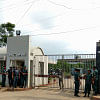
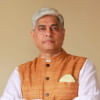
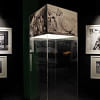
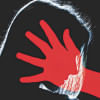
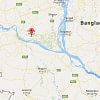


Comments